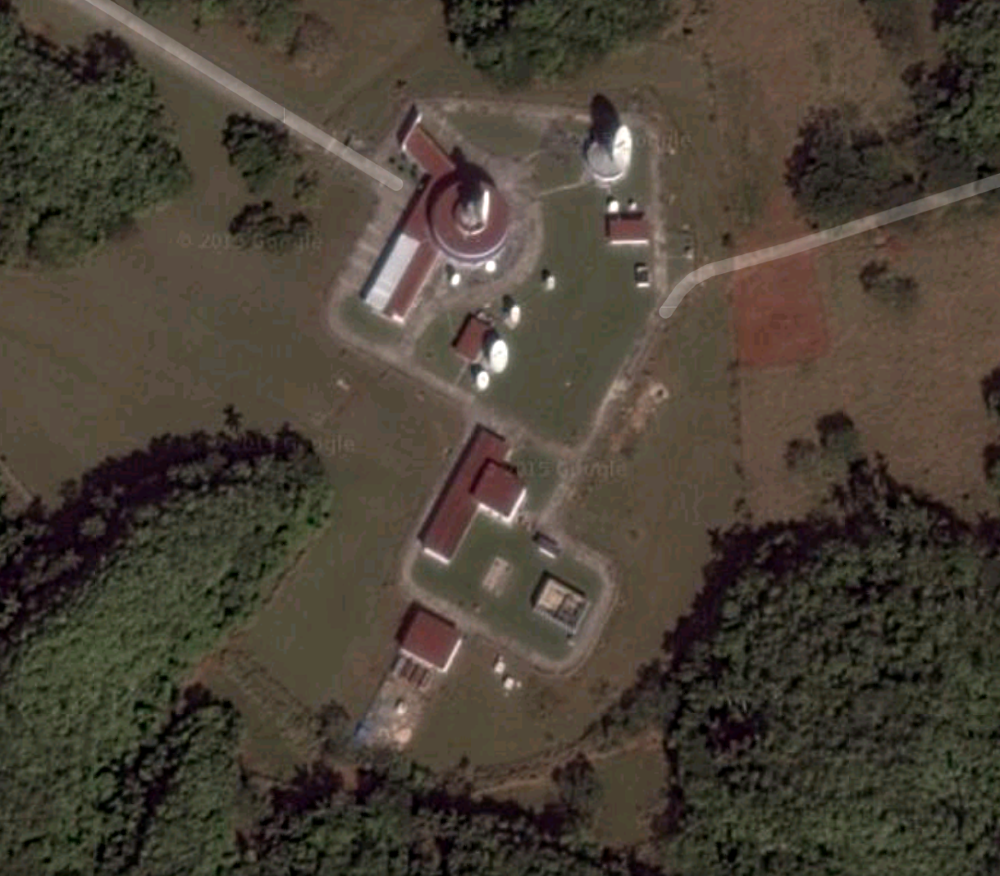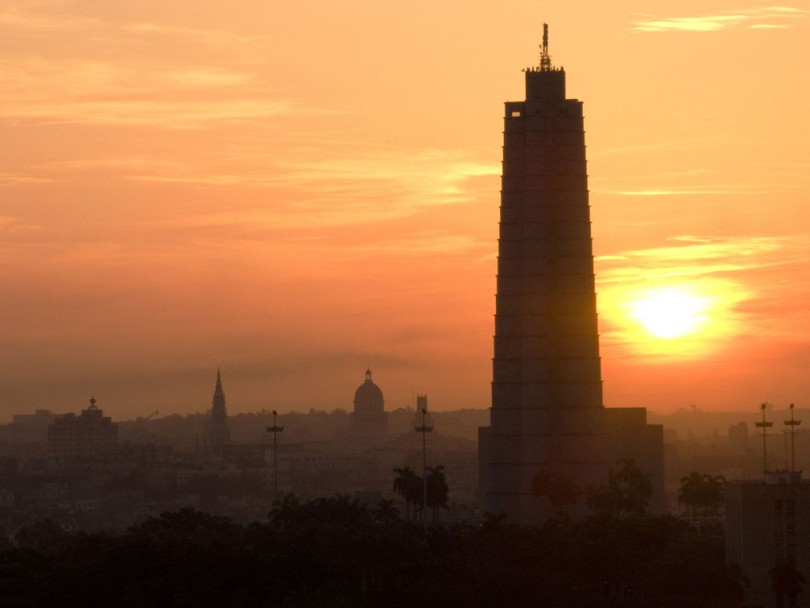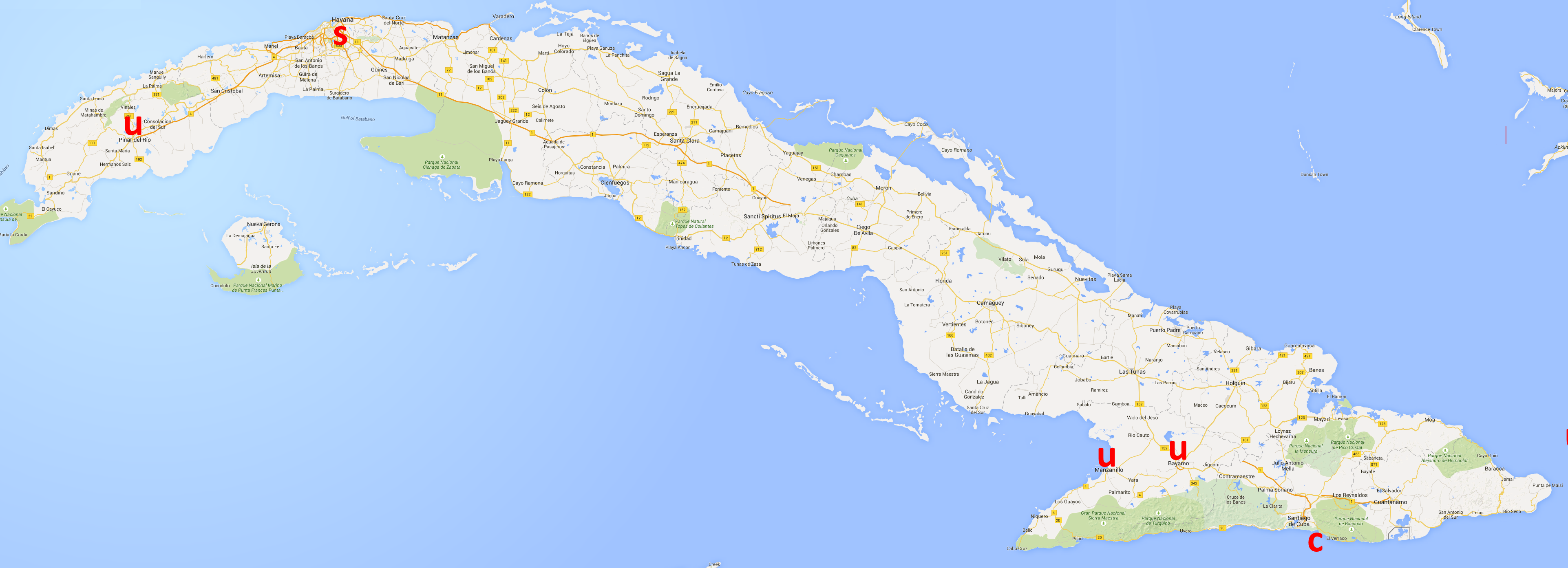aNewDomain — By January 2016 every academic center in Cuba will have access to fiber connections. This announcement came from Walter Baluja, Director of the Computer Science Department of the Ministry of Higher Education in Cuba. I would imagine this means ETECSA will make fiber connections available to every academic center, and that some will accept. But maybe it will be mandated.
Baluja also explained that certain universities in Pinar del Rio and Granma province already have fiber cable access. I made a map (see below) that highlights these new insights and some pre-existing features.
The red “u” letters at the bottom denote the campuses in Granma, which I placed in the two large cities Bayamo and Manzanillo. These cities most likely have fiber access due to the undersea cable access at Siboney, shown with the letter “c.”
The fiber access in Pinar del Rio, noted with a “u” in the upper left, may be due to a satellite ground station near Havana, noted with the “s.” The satellite dishes pictured below are in in the Parque Escaleras de Jaruco, near Havana, and may be providing access to Pinar del Rio.

Baluja also said that those connected universities have increased their payment to ETECSA, the state-run monopoly ISP on the island. They have paid to expand connectivity from “2 to 20 megabytes.” That terminology is puzzling, mostly because it is common to refer to Internet speeds as “megabits per second” rather than “megabytes.” Byte and bit speak aside, a maximum of 20 is much too slow for legitimate fiber links on the campuses. He must have meant that users were getting 2-20Mb per second in office and labs.
I’m assuming, but I can’t see another way.
Baluja also stated that WiFi LANs would be installed on the campuses.
Cuban Access Grows
As we have seen, almost all of Cuba’s international traffic is now being carried over the undersea cable at the eastern end of the island, so there must be a fiber/wireless backbone connecting Havana and other large cities to the cable landing at Siboney Beach. And, according to the new information, in 2016 there will be fiber links added to the backbone from every university.
Chinese equipment, specifically Huawei, is being used for DSL to the home and WiFi access points. I wonder if Chinese equipment is being used in this hybrid backbone as well. If so, how is Cuba paying for it and what, if anything, are they giving up? Oh — and where does that leave US vendors?
For aNewDomain, I’m Larry Press.
Ed: A version of this story ran on Larry Press’ laredcubana. Read it here.
All screenshots: Larry Press courtesy Google Maps
Featured image: Sunrise in Havana via Wikimedia Commons














